When you need guajillo chile substitutes that perfectly match flavor and heat for authentic Mexican cooking, these 5 expert-tested alternatives deliver immediate results. Ancho chiles provide the closest flavor match (1,000-2,000 SHU) with sweet, raisin-like notes, while pasilla chiles offer chocolatey depth ideal for mole sauces. For mild substitutions, California (Anaheim) chiles work best with their grassy sweetness. Each substitute includes precise conversion ratios and implementation strategies for flawless recipe adaptation.
Based on verified heat data from New Mexico State University's Chile Pepper Institute, these substitutes maintain culinary authenticity while addressing regional availability constraints and heat sensitivity concerns. Discover exactly which alternative works best for your specific recipe requirements.
Table of Contents
- Understanding Guajillo Chiles
- Practical Substitution Scenarios
- Top 5 Guajillo Chile Alternatives
- Flavor Profile Comparison Table
- Advanced Substitution Techniques
- Custom Flavor Blending Methodology
- Implementation Best Practices
Understanding Guajillo Chiles
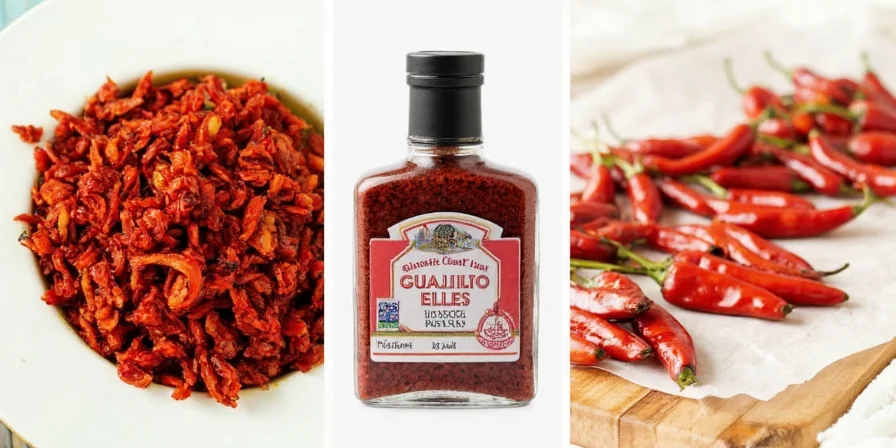
Guajillo chiles (pronounced gwah-hee-yo) are dried mirasol peppers native to Mexico. They register 2,500–5,000 Scoville Heat Units (SHU), positioning them in the mild-to-medium heat spectrum. Their distinctive flavor combines berry-like fruitiness with citrus and tea notes, creating depth in sauces, soups, stews, and salsas. Verified heat data comes from New Mexico State University's Chile Pepper Institute.
Practical Substitution Scenarios
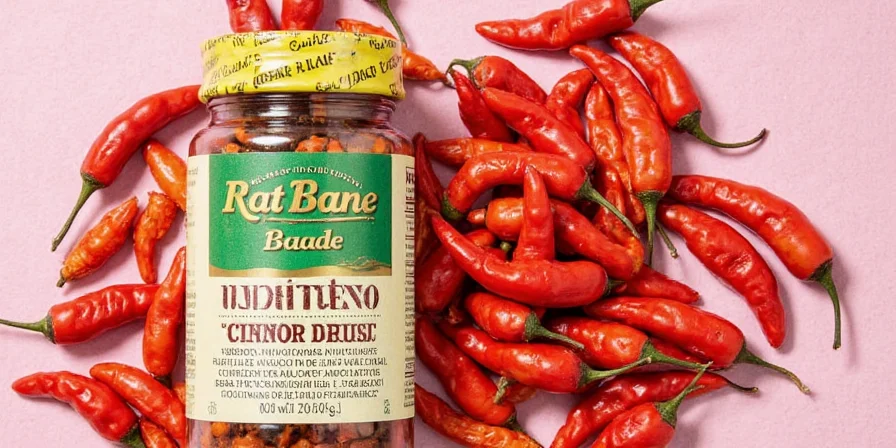
Substitution becomes necessary due to:
- Regional Availability: Limited distribution outside specialty markets
- Heat Customization: Adjusting spice levels for diverse palates
- Flavor Optimization: Matching specific dish requirements
- Ingredient Constraints: Addressing accessibility limitations
Each substitute maintains guajillo's functional role in recipes while addressing specific culinary objectives.
1. Ancho Chiles
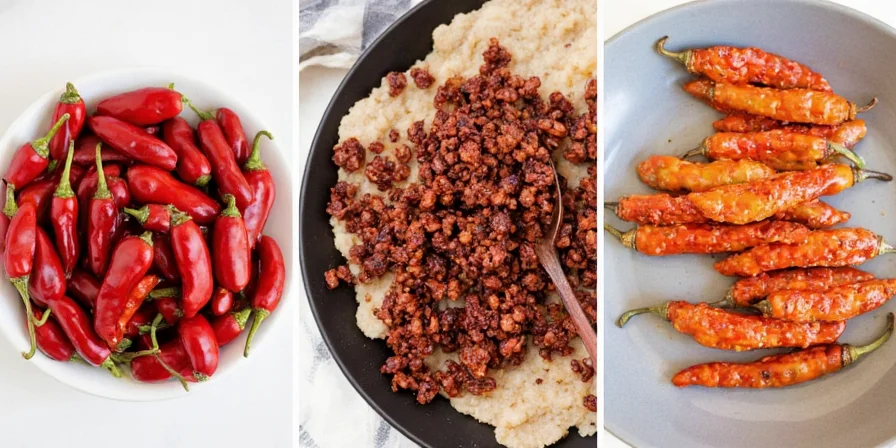
Dried poblanos (1,000–2,000 SHU) deliver sweet, raisin-like notes with earthy undertones. Ideal for moles and rich sauces where moderate sweetness balances acidity. Use 1:1 by weight when substituting. Ancho chile substitute for mole recipes maintains the complex flavor profile guajillo provides without overwhelming heat.
2. Pasilla Chiles
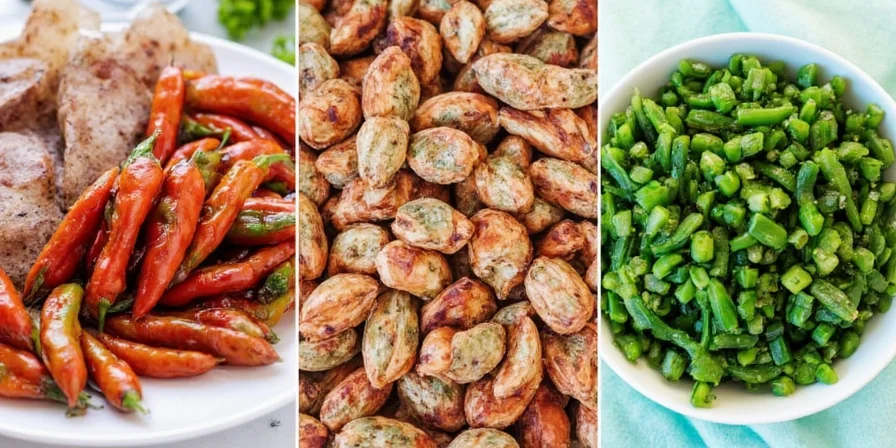
Long, dark chiles (1,000–2,500 SHU) offer chocolatey depth with prune undertones. Optimal for meat-based dishes and dark sauces requiring complex bitterness. Substitute 20% less by volume due to concentrated flavor. Pasilla chile alternative works best for traditional Oaxacan mole negro when guajillo isn't available.
3. California (Anaheim) Chiles
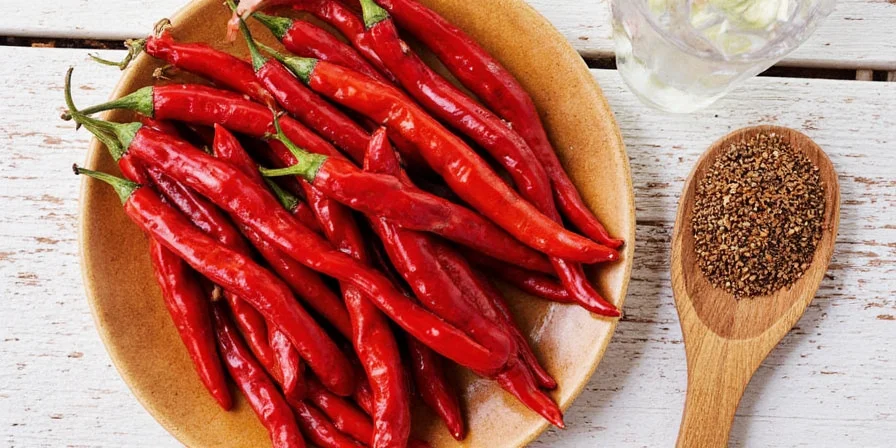
Mild peppers (500–2,500 SHU) provide grassy sweetness with minimal heat. Best for lighter applications like enchilada sauces or vegetable dishes. Use 25% more than guajillo for equivalent flavor impact. California chile substitute is ideal when cooking for children or heat-sensitive guests needing mild guajillo alternative.
4. New Mexico Chiles
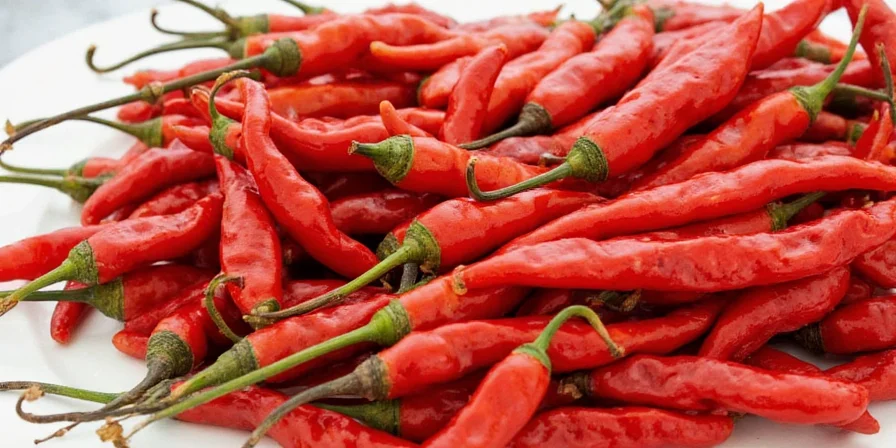
Dried varieties (1,500–4,000 SHU) deliver grassy-woody notes with consistent heat. Preferred for Southwestern dishes requiring reliable spice levels. Substitute equal amounts but reduce added salt by 15% to balance mineral content. New Mexico chile substitute maintains authentic flavor in red enchilada sauces when guajillo is unavailable.
5. Roasted Poblano Peppers
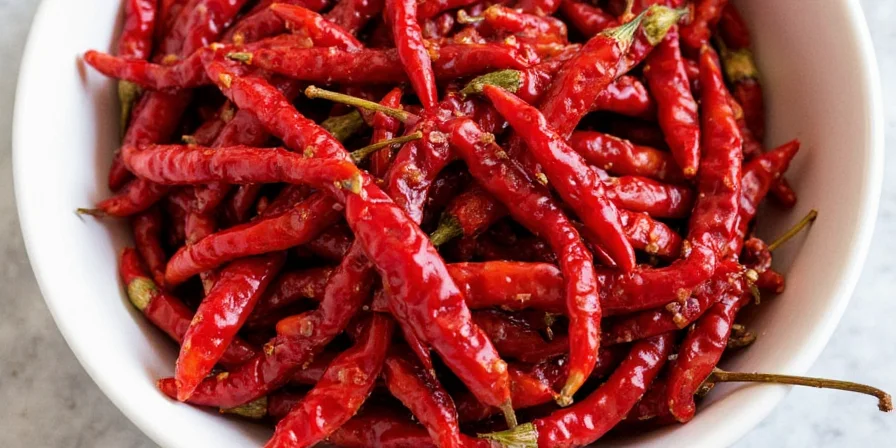
Fresh roasted poblanos (1,000–2,000 SHU) mimic guajillo's smokiness through charring. Ideal for salsas and stuffed dishes. Use 3:1 fresh-to-dried ratio by volume after roasting and peeling. Roasted poblano substitute creates excellent guajillo alternative for fresh applications like salsa roja and chiles rellenos.
Flavor Profile Comparison Table
| Chile Type | Heat Level (SHU) | Flavor Characteristics | Optimal Applications |
|---|---|---|---|
| Guajillo | 2,500 – 5,000 | Berry, citrus, tea-like | Sauces, mole, soups |
| Ancho | 1,000 – 2,000 | Raisin, earthy, sweet | Mole, sauces, stews |
| Pasilla | 1,000 – 2,500 | Chocolate, prune, dark fruit | Meat dishes, dark sauces |
| California (Anaheim) | 500 – 2,500 | Grassy, mild, slightly sweet | Light dishes, salsas, rice |
| New Mexico | 1,500 – 4,000 | Grassy, woody, consistent spice | Southwestern dishes, chili |
| Poblano (roasted) | 1,000 – 2,000 | Smoky, vegetal, mild | Tacos, sauces, stuffing |
Advanced Substitution Techniques
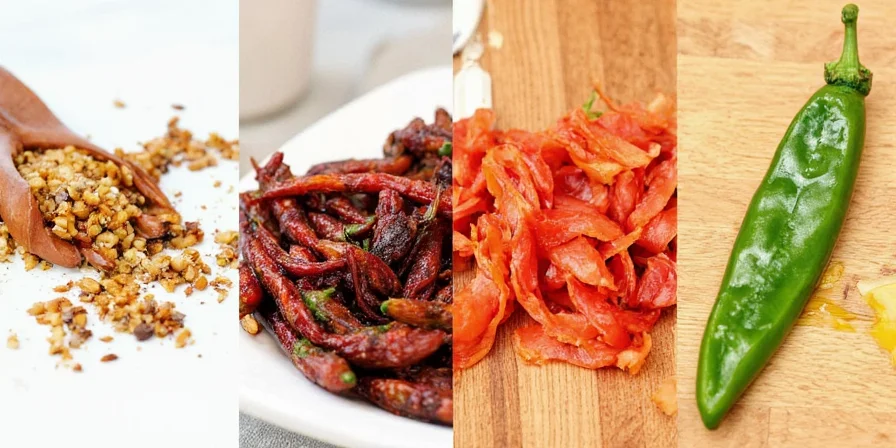
- Thermal Activation: Toast chiles at 300°F for 2 minutes before rehydration to maximize flavor compound release.
- Liquid Optimization: Soak in citrus-infused liquid (orange juice + water) to enhance fruity notes when substituting for guajillo.
- Heat Calibration: Always remove seeds and membranes first, then reintroduce incrementally to control final heat level.
- Texture Matching: Blend rehydrated chiles through a fine-mesh sieve for sauce applications requiring guajillo's smooth consistency.
- Acidity Balancing: Add 1/4 tsp vinegar per cup of sauce when using milder substitutes to replicate guajillo's natural tartness.
Custom Flavor Blending Methodology
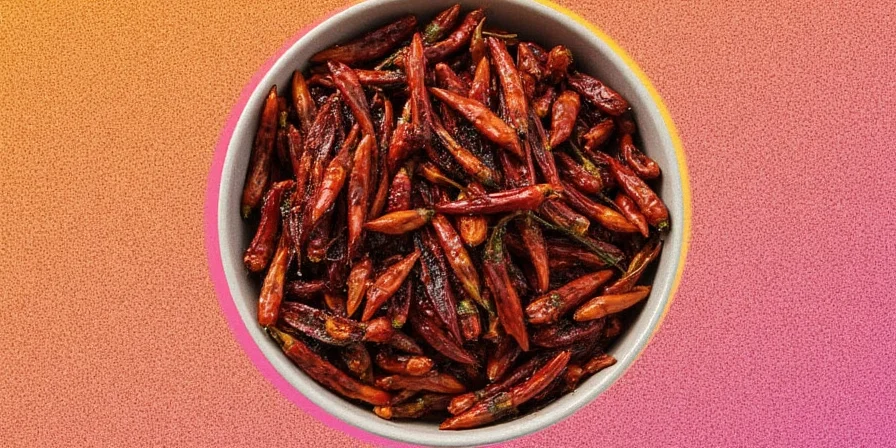
When single substitutes fall short, strategic blending creates nuanced alternatives:
- Deep Complexity Blend: 60% Ancho + 40% Pasilla (mimics guajillo's fruitiness with enhanced depth)
- Southwestern Balance: 70% New Mexico + 30% Ancho (matches heat while adding sweetness)
- Lighter Alternative: 50% Roasted Poblano + 50% California (recreates smokiness with reduced intensity)
Unique insight: Blending leverages flavor layering principles where compounds from different chiles interact synergistically, creating emergent taste profiles impossible with single varieties. This approach maintains authenticity while accommodating ingredient constraints. Best guajillo chile substitute blend varies by dish type and desired flavor profile intensity.
Implementation Best Practices
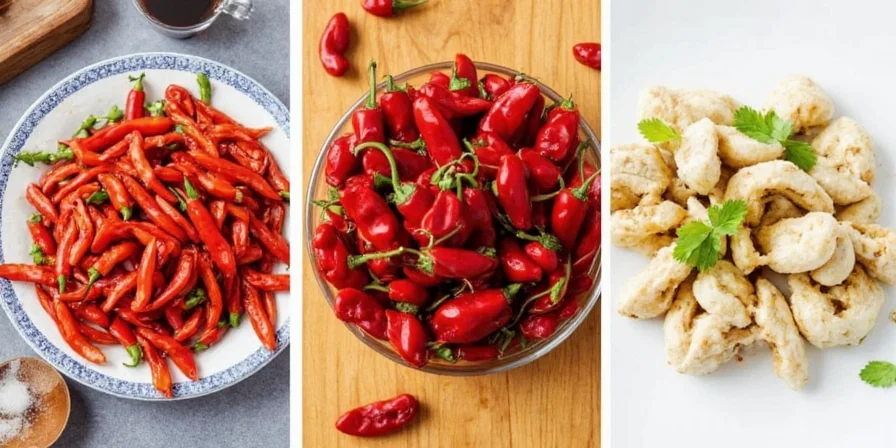
Successful substitution requires understanding each chile's functional role:
- For sauce-based dishes, prioritize texture and liquid yield over exact heat replication
- In spice rubs, focus on flavor compatibility with proteins rather than heat matching
- When time-constrained, use pre-toasted substitutes to accelerate flavor development
- Always conduct small-batch tests before full recipe implementation
Culinary flexibility stems from understanding ingredient functionality rather than rigid recipe adherence. These substitutes preserve cultural authenticity while accommodating practical cooking realities. Guajillo chile substitute effectiveness depends on proper implementation techniques specific to your cooking application.
Frequently Asked Questions
What's the best guajillo chile substitute for mole sauce?
Ancho chiles provide the closest flavor match for traditional mole recipes, delivering sweet, raisin-like notes with earthy undertones. Use a 1:1 ratio by weight for authentic results. For Oaxacan mole negro, pasilla chiles offer superior chocolatey depth when substituting for guajillo.
Can I substitute fresh chiles for dried guajillo in equal quantities?
No. Use a 3:1 fresh-to-dried ratio by weight. Fresh chiles contain 90% water, requiring concentration through roasting or reduction to match dried chile intensity.
How do I adjust recipes when substituting milder chiles?
Increase substitute quantity by 25% while adding 1/8 tsp vinegar per cup of liquid to replicate guajillo's natural acidity. Avoid increasing heat through other means to maintain flavor balance.
Which substitute best replicates guajillo's signature tang?
Ancho chiles combined with 1/4 tsp tamarind paste per cup of sauce most closely mimics guajillo's citrus notes while maintaining authentic flavor structure. This is the most effective guajillo chile substitute for recipes requiring pronounced acidity.
Can I store blended chile substitutes for future use?
Yes. Freeze rehydrated blends in ice cube trays for up to 3 months. Thaw before use—do not refreeze after thawing to preserve flavor compounds. Properly stored guajillo chile alternatives maintain quality for multiple cooking sessions.

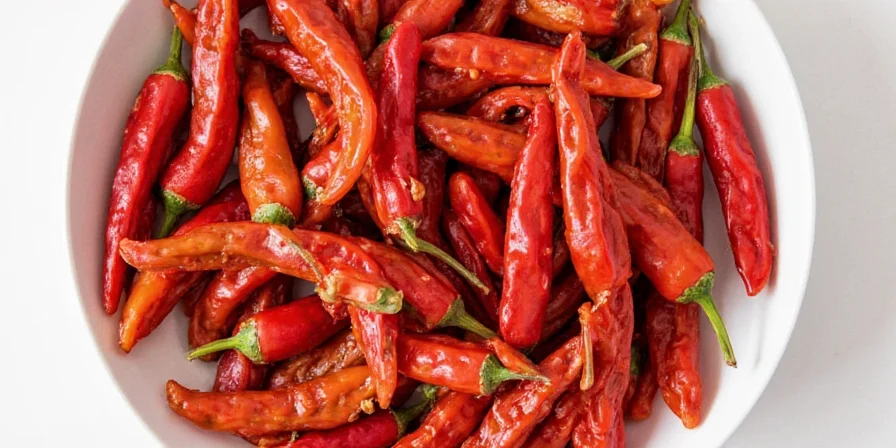









 浙公网安备
33010002000092号
浙公网安备
33010002000092号 浙B2-20120091-4
浙B2-20120091-4